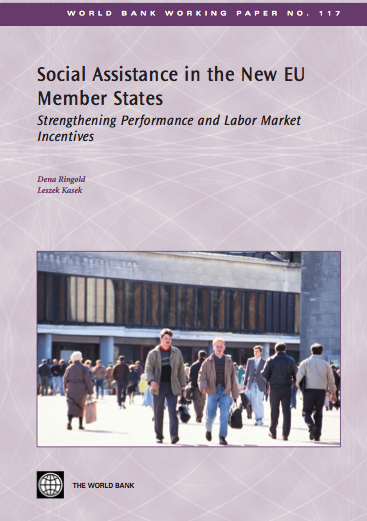
This report looks at safety nets in the new member states from the perspective of fiscal impact and effectiveness. Given the limited budgets for social assistance, ensuring that resources are spent well, reach those who need them, and optimize welfare gains and labor market outcomes. This also requires attention to the balance between spending on means-tested antipoverty programs and family benefits and social insurance programs. Because of high levels of pension spending and rapidly aging populations, there is a risk that contributory social insurance spending will crowd out spending on social assistance. Managing the long-term fiscal sustainability of these programs to meet emerging needs is a priority. This paper looks at social assistance within the broader context of social protection. The main focus of the policy discussion is on the guaranteed minimum income programs, which comprise the centerpiece of the social assistance systems in each of the EU8 countries. Child allowances are also discussed, which are the most important programs from the perspective of spending levels. The first Chapter reviews the datasets and approach. Chapter 2 looks at the context of poverty and social exclusion in the EU8 and the implications for safety nets. Chapter 3 analyses social protection spending. Chapter 4 reviews the performance of social assistance and social protection based on household survey data for six of the countries. Chapter 5 discusses policy design issues including administration, decentralization and activation measures. Chapter 6 looks at the labor market incentives of combined taxes and benefits, and discusses in-work benefits.